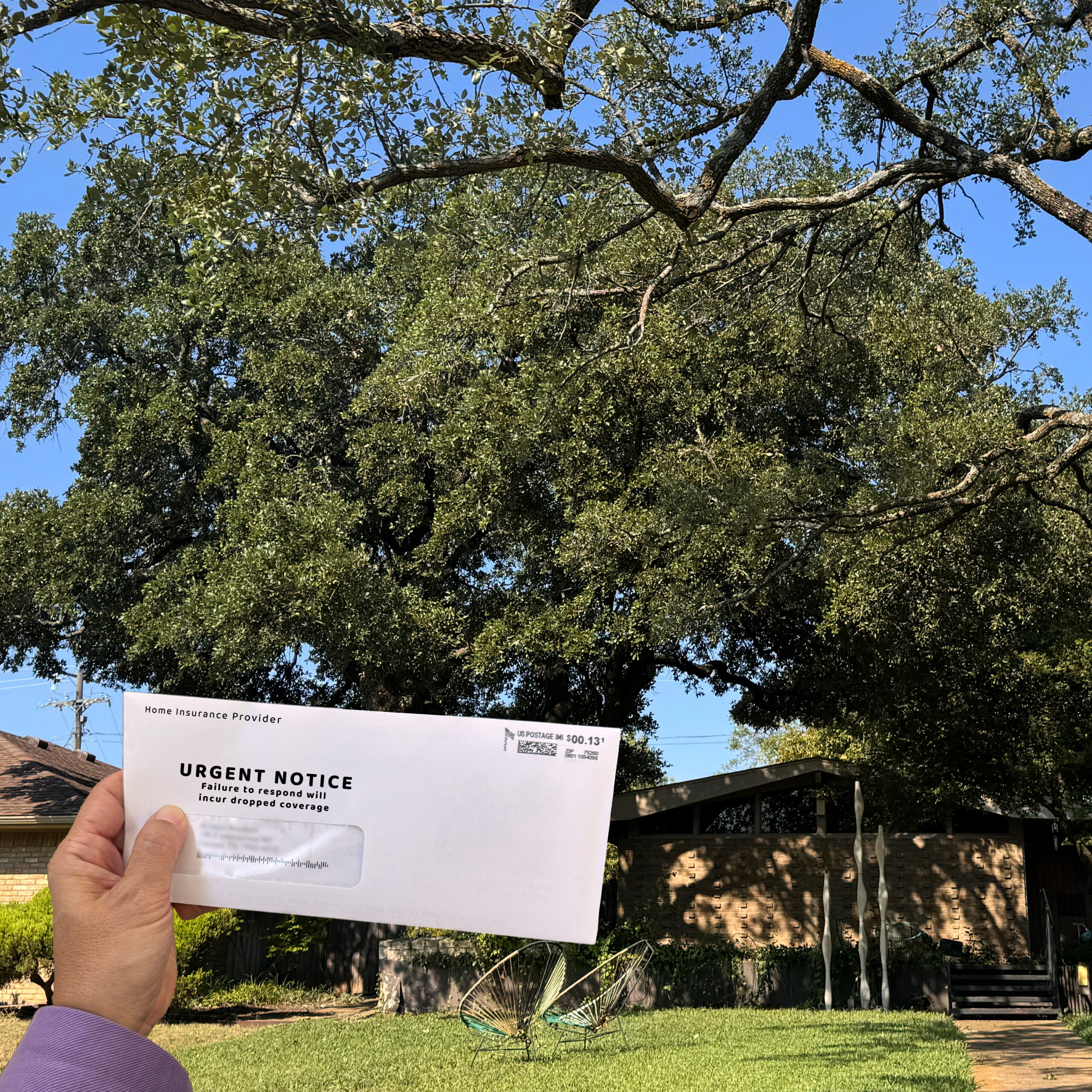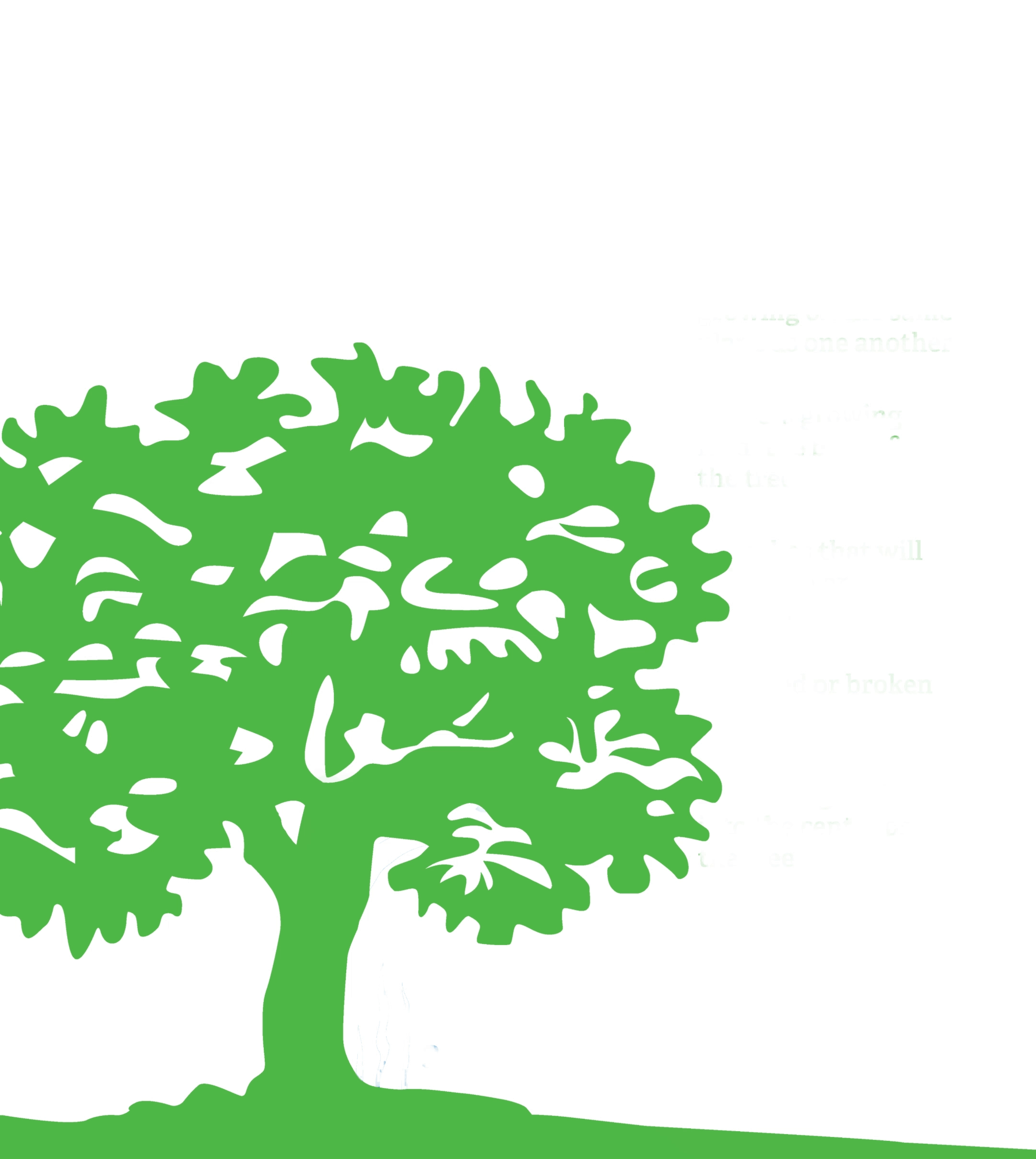When is the Best Time to Trim Trees?

Tree trimming or tree pruning in Texas is generally best when done after temperatures cool off in the fall and before buds begin to grow in the spring. Removal of dead, broken, or damaged limbs can be done anytime. The worst time to trim a tree is in the spring just after it has budded out. The tree will already have used its energy to start new growth, and will not be able to recover from the trimming as well or as quickly. At Texas Tree Surgeons, tree trimming is the most common service we provide, and is essential to maintaining health and safety in our urban forest.
Why is it best to trim trees in the fall and winter?
Trimming trees at the right time is crucial to keeping them healthy. During the fall, the tree’s internal systems begin to slow, as it prepares to go dormant (similar to hibernation in animals). Entering a dormant state helps the tree survive the winter cold, frost, and ice. As the weather cools, the water in tree tissue begins to be converted to starch, which insulates cellular tissue against freezing damage. During this period of dormancy, trees are able to heal the wounds made from pruning before the stressors of spring, like disease and insects, arrive.
Proper trimming is not just a matter of timing, however, but also of technique. Trimming your trees at the proper time in the fall or winter cannot compensate for the damage done through over-trimming, lion-tailing, or topping. Even though a dormant tree can better withstand these damaging types of trimming, the overall health of the tree may be irreparably harmed.
Should cuts be sealed or painted after trimming?
Sealing or painting wounds after pruning cuts have been made is no longer the best indicated practice for routine trimming. Sealing paint can interfere with the tree’s natural healing process. Allowing the tree to form wound wood and seal cuts itself leads to increased tree vigor and quicker recovery. However, when there is a risk for certain diseases, like oak wilt, painting tree trimming wounds is an important protective measure.
Why is it important to use a company with certified arborists to trim your tree?
Every tree is different. Two trees of the same species planted next to each other may still react differently to their surroundings. Having an ISA Certified Arborist examine your trees before trimming is crucial to ensuring proper care. In a yard with different tree species, there may be a range of trimming needs. A certified arborist can assess each individual tree to make the best recommendations for trimming, taking into account species, environment, disease or pest activity, and the tree’s natural life cycle. Improper trimming at the wrong time of year can cause a tree’s health to decline substantially. A certified arborist’s knowledge of tree biology and trimming best practices leads to the best trimming recommendations for your trees.
Is there a best time to trim a particular species of tree?
While it is generally best for all trees to be trimmed in the fall and winter, it is important to be aware of issues particular to a given species.
Oaks:
- The best time to trim oak trees in Texas is in the fall and winter.
- It is critical to avoid trimming during oak wilt season (February-July) if at all possible.
- Live oaks typically do a leaf exchange in late winter so it is better to trim them in late fall or early winter.
- Dead and broken branches can be removed at any time.
Maples:
- The best time to trim maples is fall and winter.
- Pruning in the early spring can lead to sap leaking from the pruning cuts.
- Maple trees are one of the few trees that have fall color in Texas so pruning after the leaf drop is usually preferred.
Elms:
- Elms are hardy and native to Texas. They are typically the first to get their leaves and the first to lose their leaves.
Trimming elms in the fall and in the winter is best to avoid sap leaking. - Elms are prone to rotting where large pruning cuts are made or poor puts are made so conservative trimming is best.
- In the parts of North America where Dutch elm disease is present, elms should be trimmed before March.
Crape Myrtles:
- Crepe Myrtles produce flowers on each year’s new growth.
- Trimming in the fall leads to more blossoms in the spring.
- Trimming in the late spring will reduce the number of flowers the following year.
- For the health of the crape myrtle, the best time to trim is winter.
- Topping crape myrtles is never a good practice.
You Should Never Top Crape Myrtles
In our previous post, we discussed why topping crape myrtles is an improper practice. Topping not only destroys the natural beauty of the tree, but can leave it more susceptible to disease and insect infestation.
Bradford Pears:
- Bradford pears can be safely trimmed at any time.
- Proper structural pruning when needed is very important for Bradford pears because their natural growth patterns often lead to weakness at branch joints.
Fruit Trees:
- Structural pruning for fruit trees should be done in the winter.
- Trimming for fruit production should be done just after bloom in early spring.
At Texas Tree Surgeons, we love trees and we love our customers. In the winter, it can be easy to forget about our trees, as their leaves are gone and we spend less time outside. However, remembering that winter is the best time to trim trees can lead to healthier, more beautiful trees in the summer. We are always happy to come out and assess your trees for their particular trimming needs. When tree trimming must be done out of season, we are able to make sure that best practices are followed to minimize any negative effects. One of our certified arborists can make personalized recommendations based on your trees. Get in touch today!
Related Blogs
Similar blogs related to this topic


Facts About Home Insurance & Trees
It’s becoming way too common, especially in Texas, homeowners receiving a threatening letter from their insurance company to drastically remove all tree limbs over a structure to prevent them from falling onto the house. Don’t…
Read more
How Often Should You Trim Your Trees?
Tree trimming is a crucial part of maintaining a healthy, safe, and beautiful yard. But how often should you really be trimming your trees? We’ll explore the ideal trimming schedule for your trees and why…
Read more

What is Prescription Pruning Qualification?
Prescription Pruning Qualification is vital for anyone involved in the care and maintenance of trees, ensuring they are pruned correctly and sustainably. This qualification is built from the years of research from industry leaders such…
Read more
